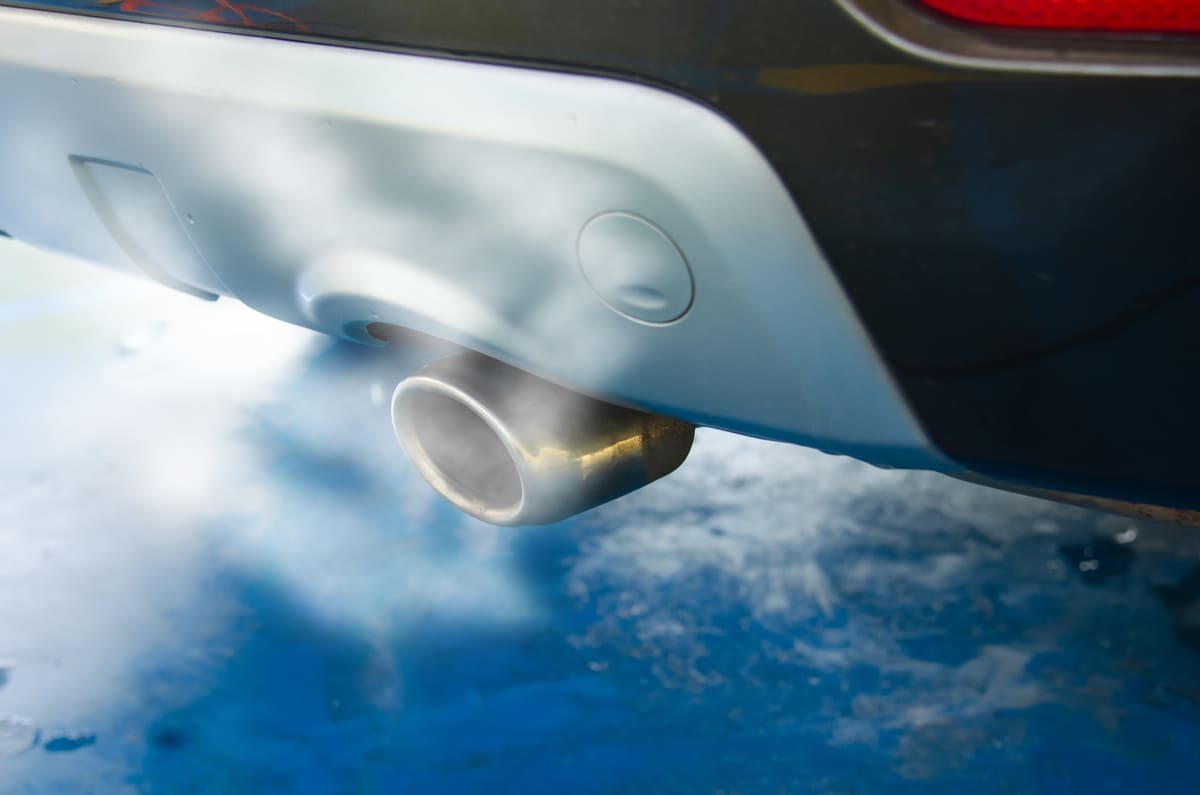Vehicle emissions control is key to reducing the environmental impact of automobiles. By using advanced technologies and regulations this is to minimize the toxic substances and for cleaner air and overall ecological well-being.
What Is an Emission Control System?
A vehicle emissions control system reduces the harmful gases from vehicles. It makes cars and trucks cleaner for the environment.
One is the catalytic converter. It converts the dangerous gases into less harmful ones before they exit the exhaust pipe.
Another is the exhaust gas recirculation (EGR) system. This system sends some exhaust gases back into the , lowering the temperature and reducing pollution.
Modern cars also have advanced engine controls. These controls make the engine burn fuel more efficiently, with less emissions.
Together these make the air cleaner and healthier for us.
References
- Vehicle Emissions Control. Retrieved from https://en.wikipedia.org/wiki/Vehicle_emissions_control#
- Britannica: Emission Control System. Retrieved from
How Does a Vehicle Emission Control Work?
Vehicle emissions control systems reduce the harmful gases from cars and trucks. These systems use various parts to clean the exhaust before it exits the vehicle. Here’s how it works:
Step 1: Oxygen Sensors
First, oxygen sensors measure the oxygen in the exhaust gases. It sends this data to the (ECU). The ECU adjusts the air-fuel mixture to make combustion cleaner.
Step 2: Exhaust Gas Recirculation (EGR)
EGR system takes some exhaust gases and sends it back to the engine. This lowers the combustion temperature and reduces nitrogen oxides.
Step 3: Catalytic Converter
Next the exhaust goes through the catalytic converter. This part uses chemical reaction to convert harmful gases like carbon monoxide and nitrogen oxides into less harmful ones like carbon dioxide and nitrogen.
Step 4: Diesel Particulate Filter (DPF)
For diesel engines, the exhaust then goes through the DPF. This filter traps soot and other particles. Periodically the filter burns off the trapped particles making the emissions cleaner.
Step 5: Evaporative Emission Control (EVAP)
Lastly, the EVAP system captures the fuel vapors from the . It stores these vapors in a charcoal canister and later sends it back to the engine to be burned so it won’t escape to the atmosphere.
By following these steps vehicle emissions control systems makes the air cleaner and the environment healthier.
References
- Emission Control Systems. Retrieved from
- Emissions Control Technology. Retrieved from
What are the Primary Effects of the Vehicle Emission?
Vehicle emissions has several effects to our environment and health. These effects can harm the air we breathe and contribute to bigger environmental problems.
Air Pollution
Vehicles release pollutants like carbon monoxide, nitrogen oxides, and hydrocarbons into the air. These substances can make the air dirty and unhealthy to breathe. People with asthma or other lung problems may find it hard to breathe in polluted air.
Smog Formation
Emissions from vehicles can mix with sunlight to form smog. Smog looks like a gray or brown haze in the sky. It can irritate the eyes and make it hard to see.
Acid Rain
Some vehicle emissions result to acid rain. When gases like sulfur dioxide and nitrogen oxides mix with water in the air they form acids. Acid rain can harm trees, plants, and even buildings.
Global Warming
Vehicles emit carbon dioxide, a greenhouse gas. Greenhouse gases trap heat in the Earth’s atmosphere causing global warming. This warming can cause climate change, affect weather patterns, and melt ice caps.
Health Problems
Inhaling vehicle emissions can cause serious health problems. Long-term exposure can cause heart disease, lung cancer, and respiratory infections. Sensitive groups like children and the elderly are more at risk.
Now that you know the effects, it’s clear why we need to control vehicle emissions. Cleaner air means better health and a healthier planet.
References
- Environmental and health impacts of artificial intelligence. Retrieved from
- Sustainability in the age of artificial intelligence. Retrieved from
What are the Types of Automobile Emission?
Automobiles emit several types of emissions that can harm the environment and human health. Here are the pollutants produced by vehicles:
Carbon Monoxide (CO)
Carbon monoxide is a colorless and odorless gas. It forms when fuel doesn’t burn completely in the engine. High levels of carbon monoxide can be dangerous and even fatal.
Nitrogen Oxides (NOx)
Nitrogen oxides include nitrogen dioxide (NO2) and nitric oxide (NO). These gases form when fuel burns at high temperatures. They contribute to smog and acid rain and can irritate the lungs.
Hydrocarbons (HC)
Hydrocarbons are unburned fuel particles that escape from the engine. They can react with other pollutants to form ground-level ozone, a component of smog. This can cause respiratory problems and other health issues.
Particulate Matter (PM)
Particulate matter includes tiny particles like soot and metal fragments. Diesel engines produce a lot of PM. These particles can enter the lungs and bloodstream, serious health problems.
Sulfur Dioxide (SO2)
Sulfur dioxide forms when fuels with sulfur burn. Although modern fuels have less sulfur, SO2 can still be a problem. It contributes to acid rain and respiratory problems.
Carbon Dioxide (CO2)
Carbon dioxide is a greenhouse gas that results from burning fossil fuels. Not directly harmful to health but traps heat in the atmosphere causing global warming and climate change.
Now that you know these emissions, it’s clear why we need to control them for our health and the environment.
References
- Vehicle Emissions Control: Types of Emissions. Retrieved from https://en.wikipedia.org/wiki/Vehicle_emissions_control#Types_of_emissions


